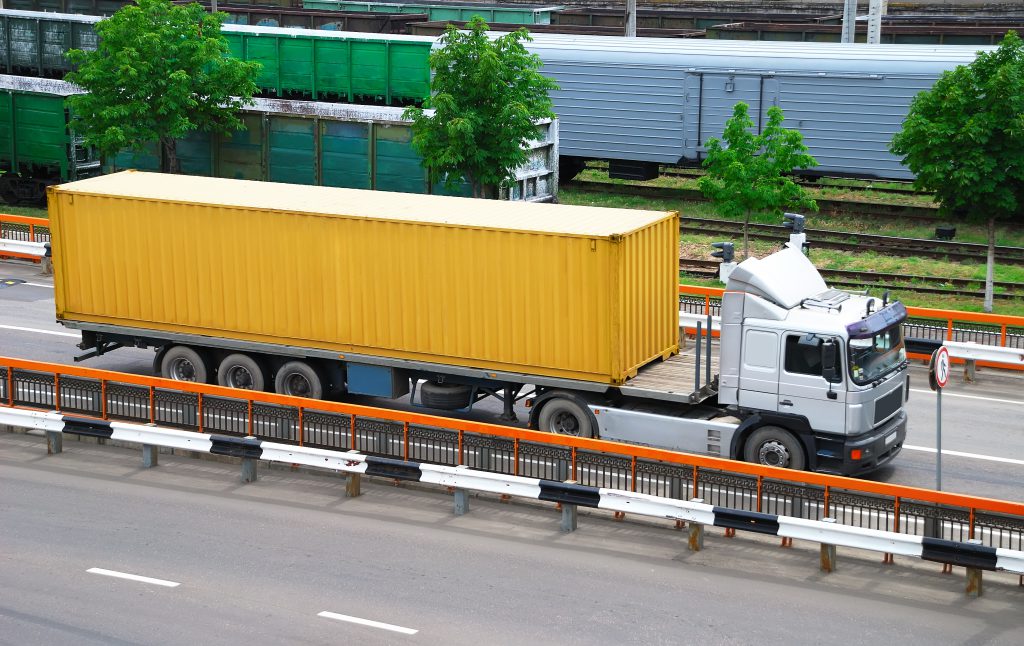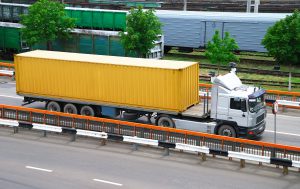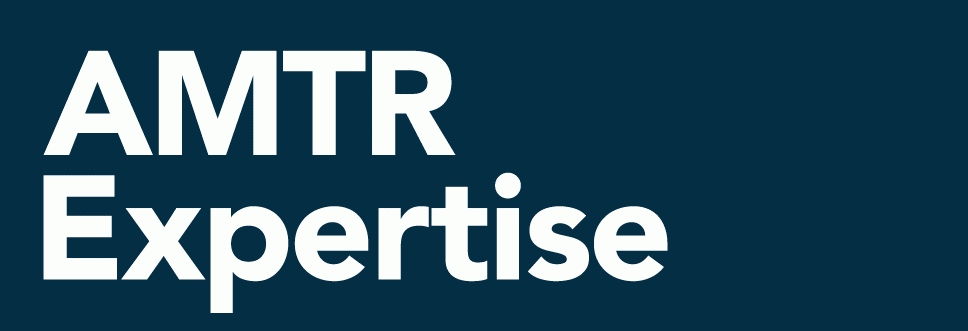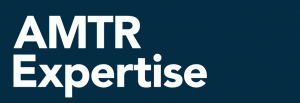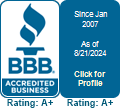In one of psychology’s most famous experiments, Harvard researchers Daniel Simons and Christopher Chabris popularized the idea of the “Invisible Gorilla.” The idea stems from the result of an experiment wherein students were asked to watch a one-minute basketball game video and count how many passes were made by the team wearing white, while ignoring the passes made by the team in black. Midway through the video, a student in a gorilla suit walked into the scene, looked straight at the camera and pounded her chest for seven seconds. See the video yourself at theinvisiblegorilla.com. Surprisingly, upon questioning, only half the students who watched the film reported seeing a gorilla! The rest of the students were concentrating so hard on counting passes that they never saw it.
Importantly, this experiment brought focus to a phenomenon called “inattentional blindness”—an error of perception that results from lack of attention to an unexpected object. This name distinguishes the phenomenon from blindness as a result of a damaged visual system; objects are not seen, but not because of a problem
with the eyes.
In the business of freight costs, there are many invisible gorillas. At AMTR, our years of auditing experience prime us to see the unexpected where others may not. Where many of our clients’ attention is spread across myriad tasks and responsibilities, our attention is focused on freight cost accuracy. Not seeing important freight errors can cost you. AMTR is here to help make the invisible, visible, and save you money at the same time.
In a July 17th meeting of the U.S. Transportation, Housing and Urban Development Appropriations Subcommittee, an Amendment which would allow twin 33-foot trailers to operate on the nation’s highways was voted on and pulled. The Amendment, which has been put before the Senate over the past two years in various incarnations, lacked the necessary support to be enacted. As written, it would have removed the Title 49, United States Code Section 31111(b)(1)(A) verbiage “or of less than 28 feet on a semitrailer or trailer operating in a truck-tractor-semitrailer-trailer combination,” replacing it with “or, notwithstanding section 31112, of less than 33 feet on a semitrailer or trailer operating in a truck tractor-semitrailer-trailer combination.”
Supporters of the Amendment have held that its adoption would improve sustainability, efficiency and safety. It has also been stated that such a change would not hurt competition, and that it was a necessary step to meet modern consumer and business demands. Proponents have further claimed that the amendment remains widely supported by many police groups, due to a projected positive impact on infrastructure, decongestion of traffic, and less opportunities for drug trafficking. As it stands, the Amendment will not be passed without additional Congressional support.
On July 1, a new tariff was published by the UP which differentiates between rates for CPC 1132 and DOT 117 tank cars. Please be sure to subscribe to this new tariff if it affects your rail freight. Additionally, tank shippers may want to read up on the Next Generation Tank Car Project (NGRTC) on the Federal Railroad Administration website or the 2017 AAR Field Guide to Tank Cars. Shippers of poison/toxic inhalation hazardous (PIH/TIH) materials might begin seeing related verbiage in their pricing publications. The information provided by these sources will help keep you abreast of the new tank car design specifications.
As carriers and shippers evaluate the liability of transporting crude or PIH/TIH goods in tank cars, know that AMTR stays aware of any such changes that might affect the rail market.
Recently, the National Motor Freight Traffic Association (NMFTA) released Supplement 2 of the STB NMF 100-AQ classification book. Although awareness of all supplement changes is important, it is imperative that shippers note the change to all 11-subprovision density scales. It was noted in the Commodity Classification Standard Board (CCSB) Docket 2017-2 Section 1 Subject 16 that more than half of the scales listed were at the previous standard 9-subprovision density scales. Therefore, these scales were not in alignment with current CCSB policy regarding NMFC full-scale density classifications. As a result, all classifications were updated in Supplement 2 to the 11-subprovision model. This is now considered the standard density scale and satisfies the current CCSB policy.
Within this same item was the comparison of the CCSB guidelines for items 4-6 pounds per cubic foot (PCF) and the class listed within the NMFC—class 150. The CCSB guidelines would apply class 150 if an item shipped with a minimum density of 6 PCF. The options that align with this subprovision would be class 200 for 4 PCF or class 175 for 5 PCF. It was determined that for all updated scales, the 4-6 PCF subprovision will now be classed at 175.
Shippers should become intimately familiar with NMF classifications that apply to products they ship. As these specific changes to the NMF regard density, shippers should look to NMF Item 110 Section 8 to review how density is determined. Being familiar with the details of product classification and density determination can really save shippers money. With a SMART Audit from AMTR, we can help you discover such opportunities and recover big savings!
Many shippers might think rules tariffs do not apply to freight rates. Sometimes they contain accessorial charges that end up on invoices. However, these rules that rail transportation carriers use are also there to help you as the shipper!
These documents are very often overlooked as a whole when programming rates or reviewing invoices for payment. If a transportation and logistics team is not well-versed in carriers’ rules tariffs, then they are missing out on some possible opportunities to prevent overpayments.
What makes rules tariffs problematic, is that shippers will not see these documents cited on their invoice for review; one would have to just know they exist. This may seem hard to believe, but here are some easy examples: general absorption of switch charges, standard axle rate application for weight restricted stations, alternation of rates based on weight, free time on demurrage, when a tank car is considered empty, exceptions for switch limit stations, railroad error movements, and many more. Rules may also be located in the front section of a tariff, often overlooked by transportation personnel. In addition, there are general rules tariffs, such as the Railway Accounting Rules published by the Association of American Railroads and various publications provided by RAILINC.
This is where AMTR makes the difference for your company, by having this knowledge base and being able to know when to apply the rules to save you money. Call us today to get started. It costs you nothing to call but will cost you a lot if you do not!
Since the Surface Transportation Board (STB) Reauthorization Act of 2015, we have seen a resurgence of new activity that will ultimately benefit shippers. From addressing issues such as public online access to Ag and Fertilizer tariffs, to proposing new competitive reciprocal switching rules, we are excited to see what changes are in store for the future. For years, AMTR has been involved in voicing shipper concerns with our clients regarding their relationship with carriers and published tariff contradictions to current statutes. The latest STB communication about the proposals to revoke certain commodity exemptions generates the most excitement for us, as those shippers would be able to address pricing and service concerns or unreasonable practices with the STB. Agencies such as the National Industrial Transportation League are spearheading the need to eliminate unnecessary or burdensome STB regulations that are outdated, such as the Stand Alone Cost (SAC) rate case procedures.
As a company grounded in transportation expertise, many of our auditors know the intimate history of regulation, then deregulation. We know the genesis of key laws and their intent. As time moves on and away from significant events, and focused transportation expertise is replaced by broader supply chain knowledge, we see memory of important concepts diminishing in the industry. We see rules being made that violate existing laws and precedence–in our minds, not out of purpose but ignorance. We are excited to see the STB re-engage and will continue to voice our concerns to them in our capacity as shipper advocates.
On June 30, 2017, the Surface Transportation Board (STB) announced that it is updating its regulations regarding how Class I railroads publish common carrier pricing and service terms for shipping agricultural products and fertilizer.
The ICC Termination Act of 1995 previously imposed a requirement that railroads make their common carrier pricing and service terms for agricultural products and fertilizer publicly available; however, the regulations did not specify by what means the carriers would ensure that pricing could be easily accessed.
As such, this new rule states that “the published information must be broadly available without charge to any person, regardless of whether a person is a current or potential customer or receiver of a railroad.” According to the STB, the new rule allows railroads to implement user registration requirements that are not unduly burdensome and that provide timely and unrestricted access to the information on their websites. In this same ruling, the STB encouraged Class I railroads to provide, or continue to provide, online pricing portals. Those who encounter problems in accessing such pricing and service information are encouraged to contact the STB’s Office of Public Assistance, Governmental Affairs and Compliance.
An estimated half a billion Americans traveled at least 50 miles for the 2017 July 4th holiday. According to the American Automobile Association (AAA), this is an increase of over one million travelers compared to the same weekend in 2016. Bill Sutherland of AAA attributes the rise to “strong employment, rising incomes and higher consumer confidence.”
According to SensiGuard, a cargo theft tracking and prevention company, long holiday weekends tend to lead to an increase in cargo theft. The company stated that cargo theft has increased approximately 120% during the last two July 4th weekends, as compared to previous years. The two weekends’ losses averaged over $350K per theft. SensiGuard states that rings of organized cargo thieves tend to take advantage of closed facilities during holidays. The company advises that in order to protect freight, companies should use secure yards and GPS tracking and ensure that consignee locations are open during scheduled delivery times.
AMTR cares about your freight cost dollars and your cargo!
‘Tis the season for those bright and beautiful explosives. Consumer fireworks are shipped via ground within the United States and are deemed Division 1.4G explosives, and therefore, considered hazardous goods. It is vital that these products are transported in a manner that is safe for shippers, receivers, drivers and the general public.
Transportation of fireworks is regulated by the Hazardous Materials Regulations (HMR) in the Code of Federal Regulations (CFR) 49 Parts 171-180. As with any hazardous material, there are regulations that require hazardous licensing by drivers, placards to be placed on each side of a trailer, development and implementation of safety and security plans, and proper bill of lading and packaging identification. Furthermore, products are required to be loaded, blocked and braced in such a way as to restrict movement that happens in transit. Naturally, fireworks must also be protected from any potential sources of ignition. Failure to adhere to these safety procedures will not only jeopardize the safety of all parties involved, but it could also lead to severe punishments; maximum penalties are $110K civil penalty per violation, and $500K fine and 10 years in prison criminal penalty.
Putting safety first is always the right route to take. Consult with all governing authorities and review all applicable regulations before packaging and shipping any hazardous goods. Keep America safe!
In July of 1776, the United States officially declared its independence. Over 50 years later, the first US railway, the Baltimore and Ohio Railroad, opened for commercial transportation of freight and passengers. Over the next several decades, rail lines grew from 23 to over 3000 miles of track, and by 1860, began connecting west beyond the Mississippi River. Meanwhile, on the west coast, the gold rush prompted rail lines such as the Sacramento Valley Railroad. In 1871, President Abraham Lincoln signed the Pacific Railroad Act, authorizing the construction of a new railroad line from Council Bluffs, Iowa to Sacramento, California, which connected the Central Pacific Railroad and the Union Pacific Railroad. During this same time period, the Civil War precipitated growth in the use of rail to move troops and supplies regularly.
Due to the boom in rail growth and its effects, the government began to regulate railway systems as they became more prevalent. The Interstate Commerce Act of 1887 was designed to prevent monopolistic practices, while the Federal Possession and Control Act allowed the government to take total control of the railroads during WWI. The Railroad Revitalization and Regulatory Reform Act of 1976 attempted to salvage some freight operations from bankruptcy in the Northeast, and thus, began the Conrail system. Finally, the Staggers Act of 1980 allowed for greater freedom in setting rates, contracts and decisions to move in and out of certain rail market lines. Although these are only a few historical reference points, they demonstrate that Congress has weaved in and out of rail legislation for decades.
Although rail operations today are largely deregulated, rail is still governed in part by the Code of Federal Regulations, as well as numerous other tariff publications and entities created to manage reporting and banking procedures. As history has shown, there is always opportunity for future regulation, so we should not get too comfortable with the current mindset. No matter what occurs with governmental regulation, AMTR is always watching for impacts to railroads and shippers.





